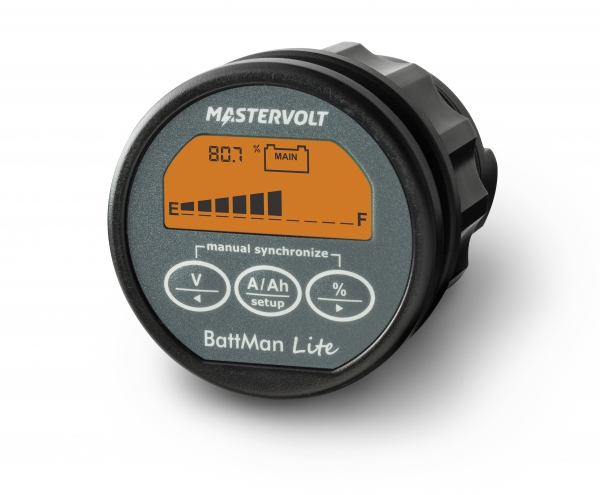

Additional equipment and accessories (add-on parts, different tire formats, etc.) may change relevant vehicle parameters, such as weight, rolling resistance and aerodynamics, and, in conjunction with weather and traffic conditions and individual driving style, may affect fuel consumption, electrical power consumption, CO 2 emissions and the performance figures for the vehicle.ĭue to the more realistic test conditions, the consumption and CO 2 emission values measured are in many cases higher than the values measured according to the NEDC. The figures do not refer to a single, specific vehicle and are not part of the offering but are instead provided solely to allow comparisons of the different vehicle types. The WLTP test cycle completely replaced the NEDC on January 1, 2022, which means that no NEDC figures are available for vehicles with new type approvals from after this date. The indicated consumption and emissions values were determined according to the legally specified measuring methods. Volker Germann, CEO of Audi Brussels, adds: “The development of BattMAN ReLife is a great example of the success that cooperation between the various brands of the Volkswagen group leads to.” These recycled materials will be used to supply our cell production activities in the future.” This “black powder” contains the valuable battery components lithium, nickel, manganese, cobalt, and graphite, which are separated by specialized partners using hydrometallurgical means before being processed again into a cathode material.įrank Blome, Head of Battery Cell and System at Volkswagen Group Components, says: “We know that recycled battery materials are just as effective as new ones. The third option entails efficient recycling in the Volkswagen Group Components pilot plant in Salzgitter, where mechanical processes gently dismantle only the most completely exhausted of batteries into their basic materials such as aluminum, copper, plastics, and “black powder”. This might be in a flexible quick charging station, a mobile charging robot, a driverless transportation system, or a forklift as well as in a home storage or emergency standby power system. In the second option, a battery receives its “second life” when it has a medium-level to good state of health that will permit its continued use outside an e-vehicle for years to come. A number of related concepts are currently in review and preparation. The first is so-called remanufacturing, a process by which the battery, due to its good or very good state of health, can be reprocessed for further use as a replacement part for e-vehicles after undergoing repair work reflecting its current market value. This lets the user determine a battery’s overall state of health.

Then a traffic light system indicates the status cell by cell – green means a cell is in good order, yellow means it requires closer inspection, and red means the cell is out of order.” Axel Vanden Branden, Quality Engineer at Audi Brussels, explains: “We are able to measure all a cell’s most important parameters. The system then detects and displays any error messages as well as insulation resistance, capacity, temperatures, and cell voltages.

Previously, this process took several hours.Īfter plugging in the low-voltage connectors, the device first checks whether the battery is even able to communicate and transfer data. After several months of programming and testing, BattMAN ReLife emerged as the new analysis solution that provides a reliable first assessment of a battery in just a few minutes to help set its further course. It is already in use as a diagnostics tool for several brands of the Volkswagen group.īattMAN then underwent further development in cooperation with recycling experts at Volkswagen Group Components prior to the opening of the pilot plant for battery recycling in Salzgitter.
Battman system software#
The first version of the BattMAN (Battery Monitoring Analysis Necessity) software was developed by the Audi Brussels quality management department for the quick and reliable analysis of Audi e-tron’s high-voltage battery. Depending on the capacity that the inspection system detects, a high-voltage battery may be reused in a vehicle either in whole or in part, receive a second life as a mobile or stationary energy reservoir, or the material might be returned to cell production by means of an innovative recycling process.


 0 kommentar(er)
0 kommentar(er)
